1. Takahe

iStock
Native to New Zealand, the takahe is a flightless bird that was thought extinct by the late 19th century. Rediscovered in 1948, these colorful, turkey-sized birds now benefit from a robust conservation program. Their population remains small, but dedicated efforts have helped them slowly recover. Breeding programs, predator control, and habitat restoration have been critical to their survival. The takahe’s story is a symbol of hope for other species, proving that with effort and determination, we can save even the most endangered animals.
2. Lord Howe Island Stick Insect

Wikimedia Commons
Known as the “tree lobster,” this giant insect was thought to have gone extinct in the 1920s after rats invaded Lord Howe Island. In 2001, a tiny population was rediscovered on Ball’s Pyramid, a remote rock formation near the island. These fascinating insects have since been the focus of intensive conservation efforts. Breeding programs have been successful, with plans to reintroduce them to their native habitat. Their story is a testament to how targeted conservation can bring species back from the brink of extinction, even after decades of being presumed lost.
3. Tasmanian Tiger (Thylacine)

FMT
While officially still listed as extinct, persistent sightings of the Tasmanian tiger, or thylacine, have kept hopes alive. This dog-like marsupial, native to Australia and Tasmania, was declared extinct in 1936 after extensive hunting and habitat loss. In recent years, grainy footage and anecdotal reports have fueled speculation that small populations might survive in remote areas. While no definitive evidence has been found, advances in genetic research and cloning technology have also sparked discussions about bringing the thylacine back to life. For now, it remains a tantalizing mystery.
4. Pygmy Tarsier

Animalia
This tiny primate, once thought extinct due to habitat destruction, was rediscovered in 2000 in the mountains of Indonesia. Pygmy tarsiers are nocturnal and incredibly elusive, making them difficult to study. Their rediscovery was a triumph for conservationists, but their population remains critically small. Efforts are ongoing to protect their high-altitude forest habitats, as these quirky creatures represent an important part of Indonesia’s biodiversity. The pygmy tarsier’s big eyes and unique calls make them a fascinating symbol of hope for other “lost” species.
5. New Guinea Singing Dog
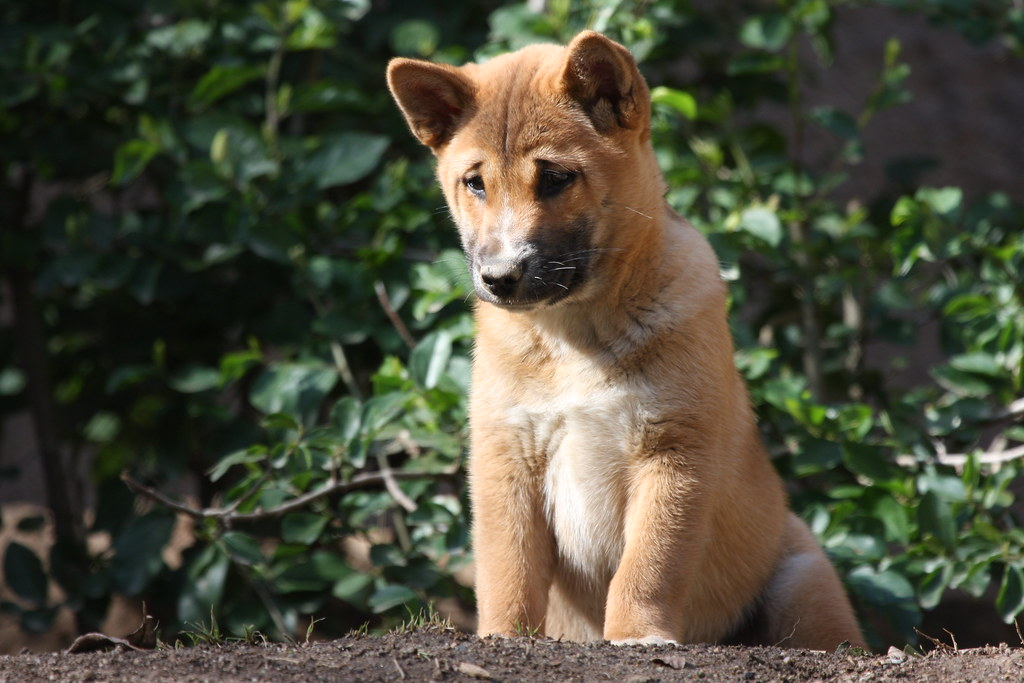
Flickr
Known for their melodious howls, the New Guinea singing dog was believed to be extinct in the wild since the 1970s, surviving only in captivity. In 2016, a wild population was rediscovered in the remote highlands of Papua, Indonesia. These dogs are closely related to dingoes and have unique vocalizations unlike any other canine. Their reappearance has provided valuable insights into canine evolution and genetics. Conservationists are now working to study and protect these rare animals, ensuring their haunting songs will echo through the mountains for generations to come.
6. La Palma Giant Lizard

Animalia
Native to the Canary Islands, the La Palma giant lizard was believed extinct for centuries, likely due to predation by introduced species. Rediscovered in 2007, this large reptile has been the focus of breeding and reintroduction programs. Their survival in small, isolated populations demonstrates the resilience of nature and the importance of protecting fragile ecosystems. Efforts to remove invasive predators and restore their habitat are ongoing, giving hope that these unique lizards can thrive once again on their native island.
7. Cuban Solenodon
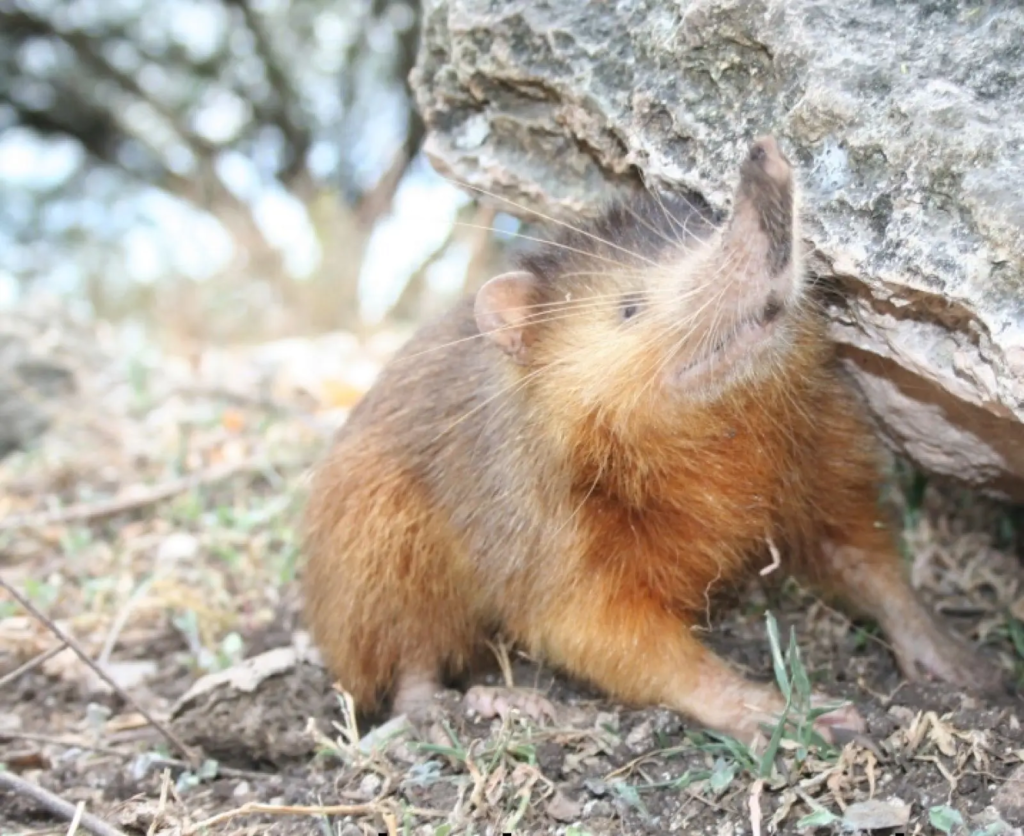
Animalia
The Cuban solenodon, a nocturnal mammal with a venomous bite, was thought to have disappeared in the early 20th century. Rediscovered in the 1970s and again in recent years, this peculiar creature is one of the few venomous mammals in the world. Its survival is remarkable, considering habitat destruction and predation by invasive species like cats and rats. Conservationists are now working to protect the solenodon and its habitat, hoping to secure a future for this living relic of an ancient lineage.
8. Fernandina Island Galápagos Tortoise
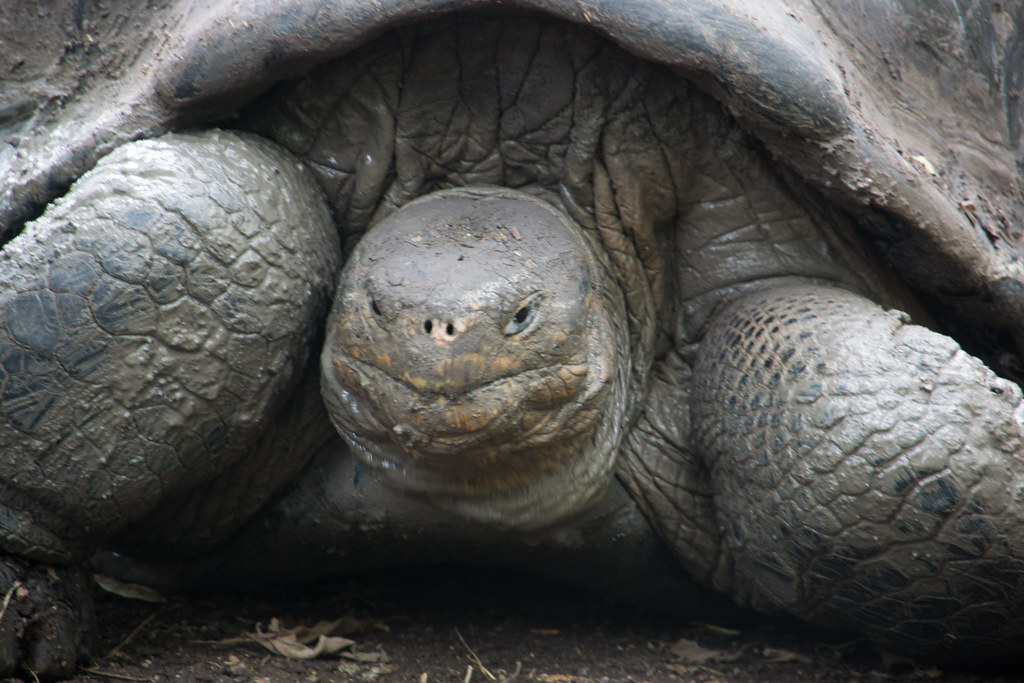
Flickr
For over a century, the Fernandina Island giant tortoise was presumed extinct, with only a single specimen discovered in 1906. In 2019, a female tortoise was found on Fernandina Island in the Galápagos, reigniting hopes for the species. Conservationists have since launched expeditions to find more individuals and protect their habitat. This rediscovery underscores the importance of preserving remote and seemingly inhospitable areas, as they may still harbor species we thought were lost forever.
9. Kashmir Musk Deer
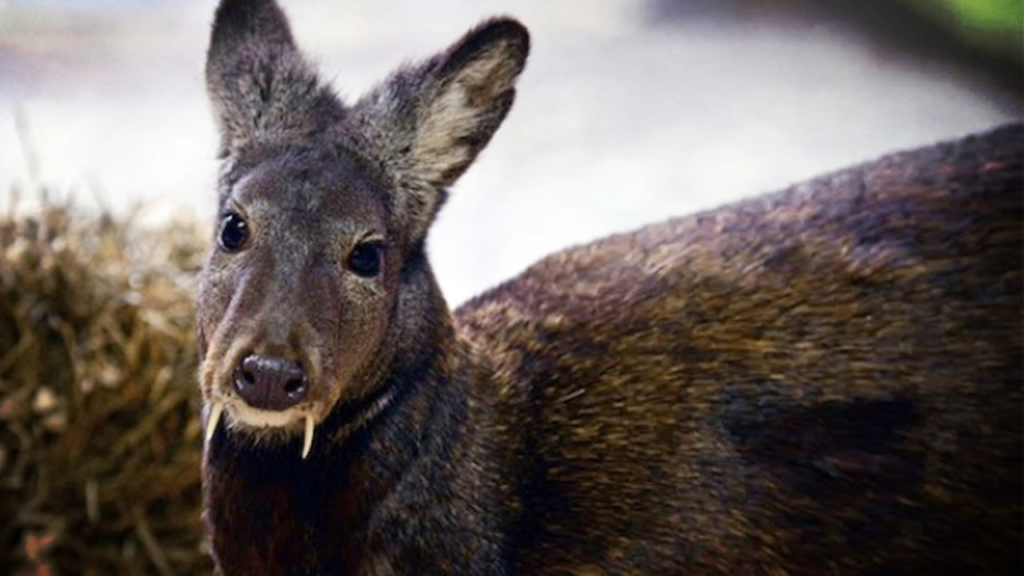
YouTube
Known for their fang-like tusks, Kashmir musk deer were thought to be extinct for decades due to hunting and habitat loss. In 2014, scientists spotted several individuals in the forests of Afghanistan, proving their existence. These elusive deer are still at risk due to illegal poaching for their musk glands, used in traditional medicine. Conservation efforts are now focused on protecting their remaining habitats and curbing poaching. Their survival is a small but significant victory for wildlife conservation in war-torn regions.
10. Woolly Flying Squirrel
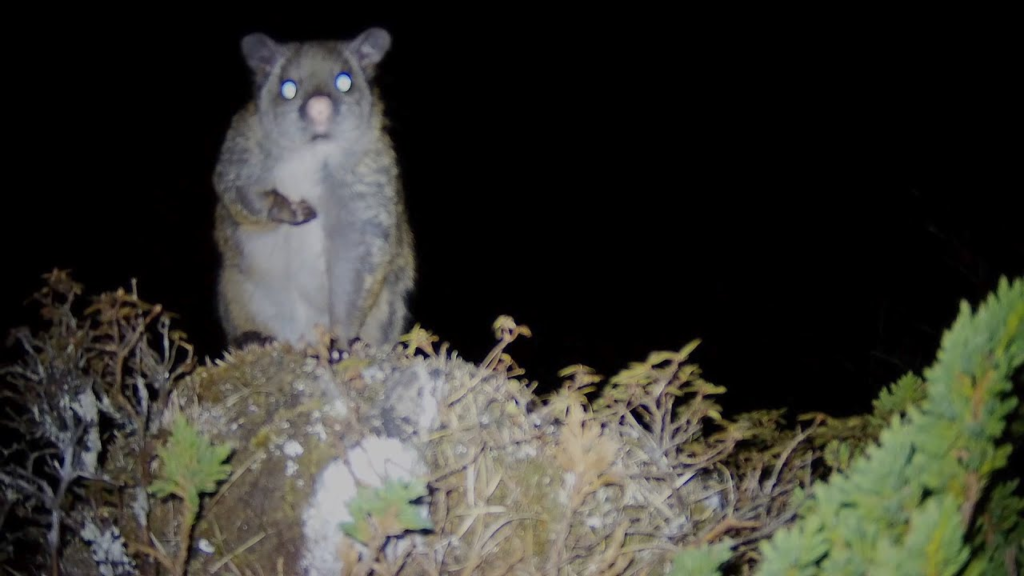
YouTube
Once considered extinct, the woolly flying squirrel was rediscovered in Pakistan in the late 1990s. This giant squirrel, one of the largest gliding mammals in the world, lives in rugged, high-altitude regions. Its elusive nature and remote habitat likely contributed to its “disappearance.” While the species remains endangered, its rediscovery has spurred efforts to study and protect it. The woolly flying squirrel serves as a reminder that even in the harshest environments, life can persist against all odds.
11. Bermuda Petrel

Flickr
The Bermuda petrel, or cahow, was believed extinct for over 300 years due to predation by invasive species. Rediscovered in 1951, this seabird has been the focus of intensive conservation efforts. Nesting sites are now carefully monitored and protected, leading to a steady increase in their population. Today, the Bermuda petrel is a shining example of how dedicated conservation can bring a species back from the brink. Their haunting calls are once again a familiar sound on the windswept shores of Bermuda.
12. Omura’s Whale

Animalia
First identified as a species in 2003, Omura’s whale was so elusive that it was assumed extinct until sightings and recordings confirmed its existence in 2015. These small, rare whales are found in remote tropical waters and are challenging to study due to their elusive nature. Their rediscovery has sparked new interest in marine biodiversity and highlights the importance of protecting the oceans. Omura’s whale is a reminder of how much we have yet to learn about the creatures that share our planet.
13. Coelacanth

Wikimedia Commons
The coelacanth is perhaps the most famous “living fossil” on Earth. Thought to have gone extinct 66 million years ago, this ancient fish was rediscovered in 1938 off the coast of South Africa. These deep-sea dwellers are incredibly rare and can live for decades, making them a fascinating window into prehistoric life. Despite their rediscovery, coelacanths are critically endangered and face threats from deep-sea fishing and habitat destruction. Their survival reminds us of how little we know about the depths of our oceans, and how much there is still to protect.


